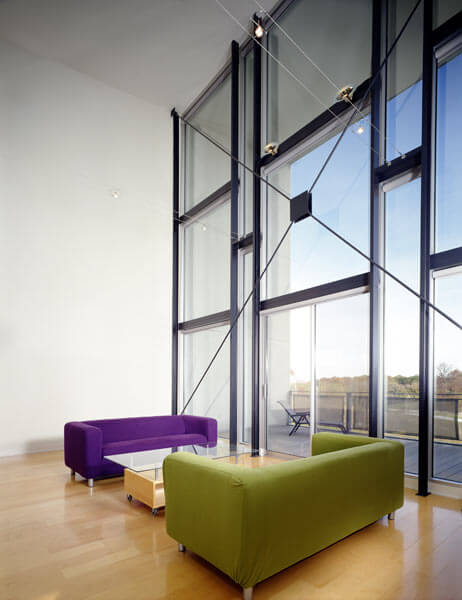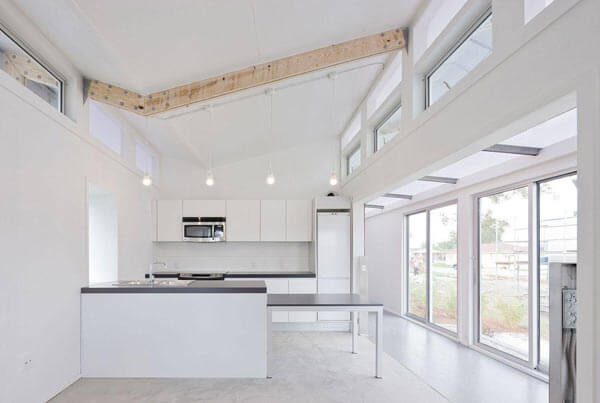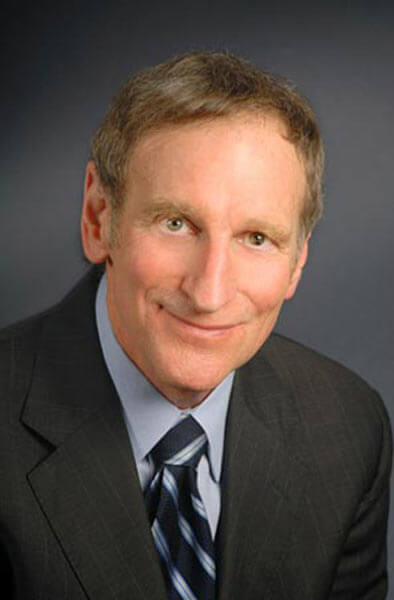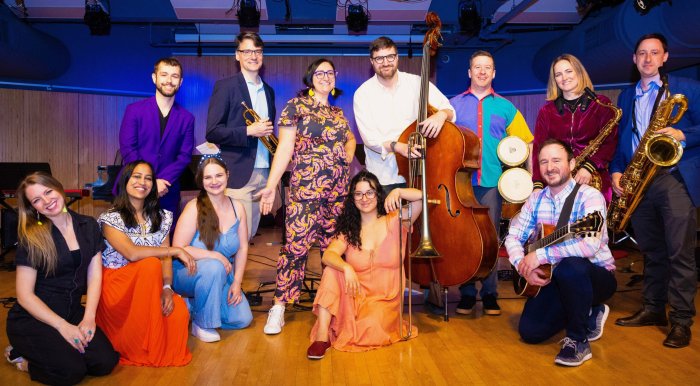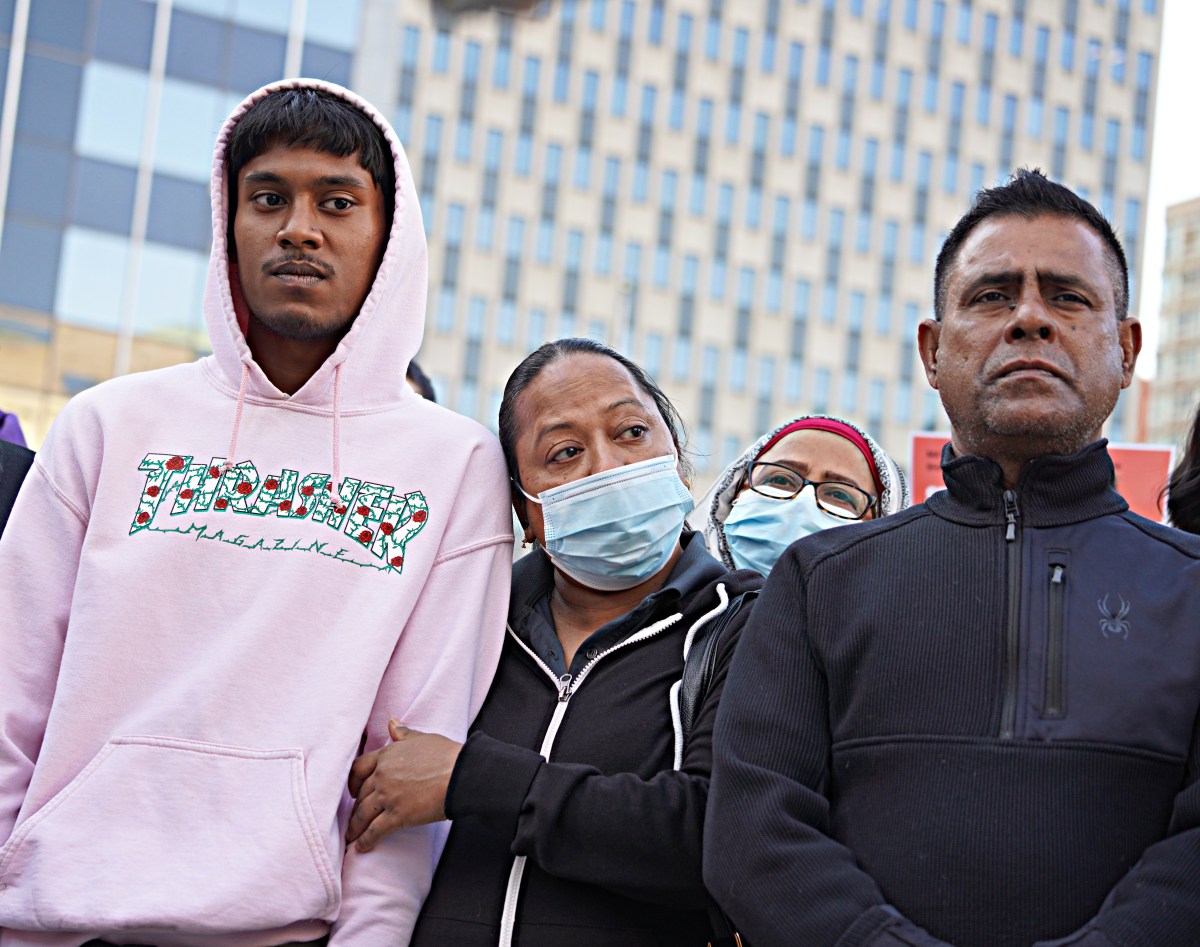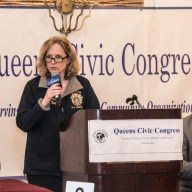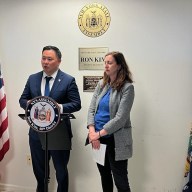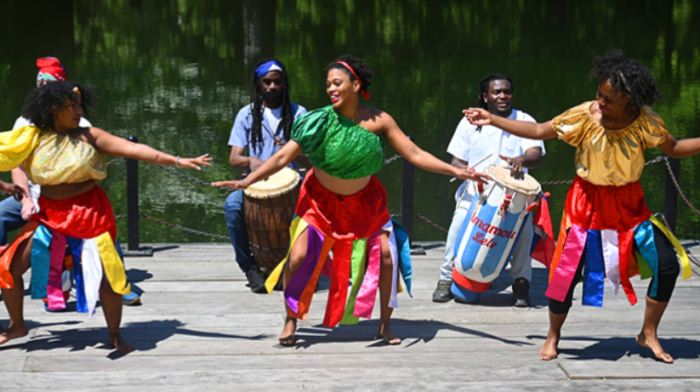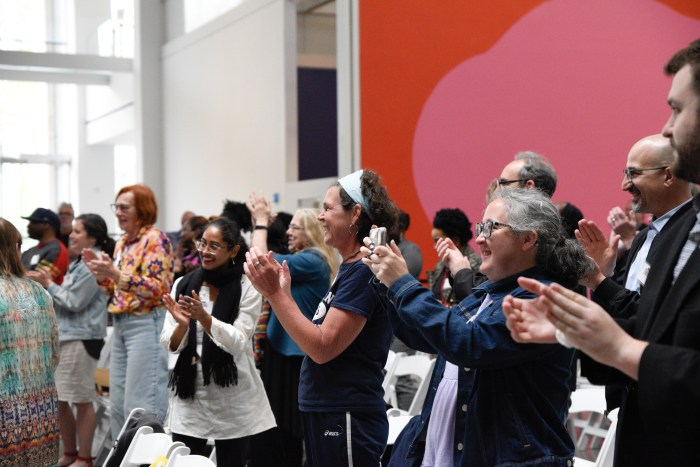By Alan Krawitz
Longtime Bayside resident Dr. Jeffrey Rosenfeld teams with NYC architect to show seniors how to leave the nursing home behind.
For those who dread the idea of someday retiring to an assisted living facility — or worse yet a nursing home, — a new book explores alternative ways to age gracefully in the comfort of a redesigned and re-imagined home while staying connected to friends, family and favorite activities.
Written by longtime Bayside resident Dr. Jeffrey Rosenfeld and architect Wid Chapman, the coffee-table-style book “Unassisted Living: Ageless Homes for Later Life” (Monacelli Press, division of Random House), is rich with illustrations, featuring seven chapters and 33 distinct homes and apartments from Los Angeles condos that resemble high-end hotels to smartly designed Midwest hideaways that enable seniors to live “off the grid.”
“Today’s boomers won’t be following the lead of previous generations,” says Rosenfeld, who teaches environmental gerontology at Nassau Community College and is the former Director of Gerontology at Hofstra University.
Environmental gerontology examines ways in which architecture and design are affected by the country’s aging population.
“They’re (boomers) creating homes where they can ‘age in place’,” says Rosenfeld, who has written and researched extensively on boomers throughout the world. “… They want to build homes so that they don’t have to leave their familiar surroundings.”
The term “boomers” generally refers to the nearly 72 million people born in the United States between the years 1946 and 1965. Rosenfeld says that part of his inspiration to write the book stems from his own status as a boomer, now turning 65 and beginning to wrestle with questions of his own home and community.
Rosenfeld contends that boomers are truly transformative and that they are changing the way we will think about home and aging in later life.
“It’s a matter of people reacting to their environment and home and their home and environment giving them options or not,” Rosenfeld says.
Some of those options include architecture designs that take into account, for example, a chronic or degenerative illness. Examples from the book include a house specially designed with ample floor space, no stairs or thresholds and V-shaped columns that provide structural integrity while making navigation in the home easier.
Rosenfeld asks, “Does your home shape your future?” He adds that boomers are already creating new styles and pathways to later life.
The pathways the book explores include “bistro living,” the concept whereby boomers downsize from larger homes into condos, apartments and even studios so they can stay close to things they love in life, such as favorite restaurants, stores, hobbies, etc. just by moving to more easily manageable living spaces.
Yet another way to stay connected, says Rosenfeld, is for boomers to incorporate home offices so they can continue to work at home and keep productive.
He points out that previous generations moved to places like Florida that ostensibly served to isolate them from friends and family. “That might have been a good decision for those people then, but I don’t think boomers will be repeating what many of them saw as mistakes.”
And as technology has served to link the world via social media and other platforms it will also enable people to age where they want and still be connected to vital services such as health care.
“Telemedicine enables people to live where they want and still have their medical needs addressed,” Rosenfeld says.
He also says boomers may be the first generation to actually live independently as they age since more will be able to live “off the grid” because technology will keep them connected to healthcare.
Asked about the role of traditional senior housing solutions, Rosenfeld says that now even nursing homes have begun to get the message that their facilities carry a stigma.
“Nursing homes now realize that everyone dreads them,” he said. “They’re rebranding themselves and now promoting themselves as sports medicine and rehabilitation facilities, as many boomers will need things like knee and sports-related surgeries.”
Calling the book “upbeat and forward-thinking,” Rosenfeld says he is thrilled with the response it’s getting. “The book is generating very supportive feedback.”
For those who wish to offer their own feedback on the book in person, there will be a book signing event at Barnes & Noble Booksellers in Manhasset on March 22 from 7-9 p.m.
For more information on the book visit www.livingunassisted.com.

